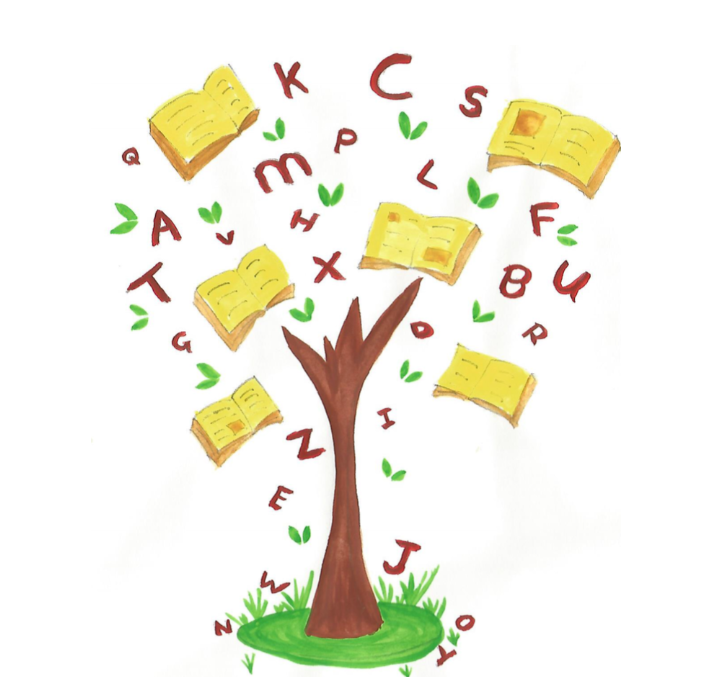Want to see inside my toy cupboard?!
I am always asked for my toy/ book and resource recommendations, and let me tell you that the secret to supporting your child’s speech and language skills is not in a toy or a resource!
It’s you!
You are their favourite person, and simply playing, chatting and interacting with you will support their communication skills.
However, in case you are looking for new resources/ toys…here is my go to list!
Affiliate link: if you choose to buy anything through this link I earn a small commission, thank you for yous support!
The Power of Story time: How Reading to Your 2-Year-Old Boosts Speech and Language Skills
In the busy, buzz of day to day life, there’s a simple yet impactful activity that often gets overlooked: reading to your child.
While it may seem like just a cozy bedtime ritual or a way to entertain your little one, the benefits of reading to a 2-year-old extend far beyond cuddles and giggles. In fact, it plays an important role in nurturing their speech and language development, setting a strong foundation for their future communication skills.
Building Vocabulary: At two years old, children are like sponges, absorbing information from their surroundings. Reading introduces them to a myriad of words they might not encounter in their daily interactions. Whether it's the names of animals in a jungle tale or the colours of a rainbow in a picture book, each word adds to their growing vocabulary.
Language Patterns and Syntax: Beyond individual words, stories provide a context for children to grasp language patterns and syntax. Through repetition and rhythm, they start understanding the structure of sentences and how words come together to convey meaning.
Stimulating Imagination and Creativity: Story time is not merely about decoding words on a page; it’s an immersive experience. Illustrated books spark curiosity and encourage children to visualise the narrative, fostering their imaginative skills.
Bonding and Emotional Development: The magic of reading goes beyond language development; it strengthens the emotional bond between parent and child. Snuggled up together with a book, children feel secure and loved, creating a nurturing environment for learning.
In the fast-paced digital age, where screens vie for attention, the simple act of reading to your 2-year-old holds immeasurable value. It nurtures their speech and language development, fosters creativity, strengthens bonds, and sharpens cognitive skills.
So, snuggle up with a good book and watch your child embark on a magical journey of language and learning!
Affiliate link: I earn a small commission if you choose to buy a book through this link, thank you for your support!
Communication Tree (or Pyramid)
So this is the "communication tree". The 5 main components needed for effective communication. Of course, each of these can be broken down into smaller elements but we don't need that level of detail right now.
I wanted to talk about this communication tree this month to illustrate how complicated effective communication really is.
If one of these components is tricky it can really impact on communication skills.
Often as therapists we want to first work on attention and listening skills as this is a foundation for communication. If you aren't attending to someone while they are talking to you it is going to be difficult to absorb and understand what they have said and respond appropriately.
If little ones have lots of language but can't use this language in a functional way then, all that vocabulary goes to waste. Sometimes, even though the goal is to develop stronger talking skills, we have to consolidate those foundations first to ensure that when we do come to working on grammar, vocabulary and speech sounds, little ones are able to use all these lovely new words in a meaningful way.
When thinking about your little one, it can be helpful to have this tree in mind and think about which areas are strengths for them and which areas are more tricky. That way you can look out for activities designed to boost those more challenging areas. Knowing that working on those foundations leads to stronger communication skills in the end!







